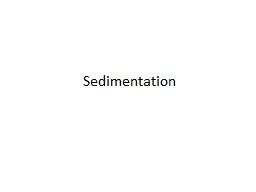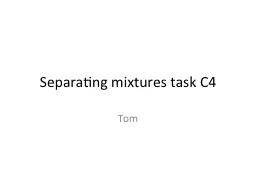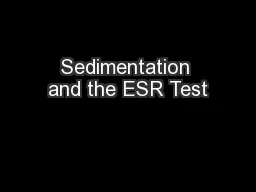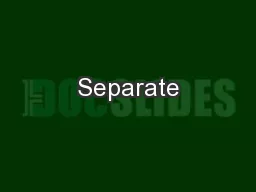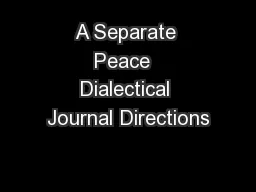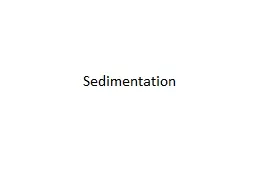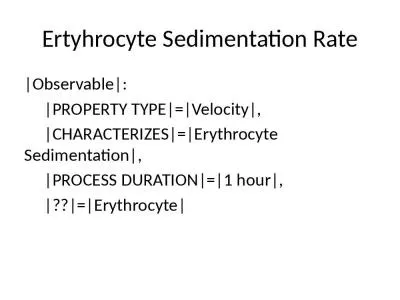PPT-Sedimentation Sedimentation is a physical treatment process that utilize a gravity separate
Author : beatever | Published Date : 2020-08-27
soilds from water In general there are four types of sedimentation Type I known as discrete setling describes the sedimentation of low concentration of particles
Presentation Embed Code
Download Presentation
Download Presentation The PPT/PDF document "Sedimentation Sedimentation is a physic..." is the property of its rightful owner. Permission is granted to download and print the materials on this website for personal, non-commercial use only, and to display it on your personal computer provided you do not modify the materials and that you retain all copyright notices contained in the materials. By downloading content from our website, you accept the terms of this agreement.
Sedimentation Sedimentation is a physical treatment process that utilize a gravity separate: Transcript
Download Rules Of Document
"Sedimentation Sedimentation is a physical treatment process that utilize a gravity separate"The content belongs to its owner. You may download and print it for personal use, without modification, and keep all copyright notices. By downloading, you agree to these terms.
Related Documents

